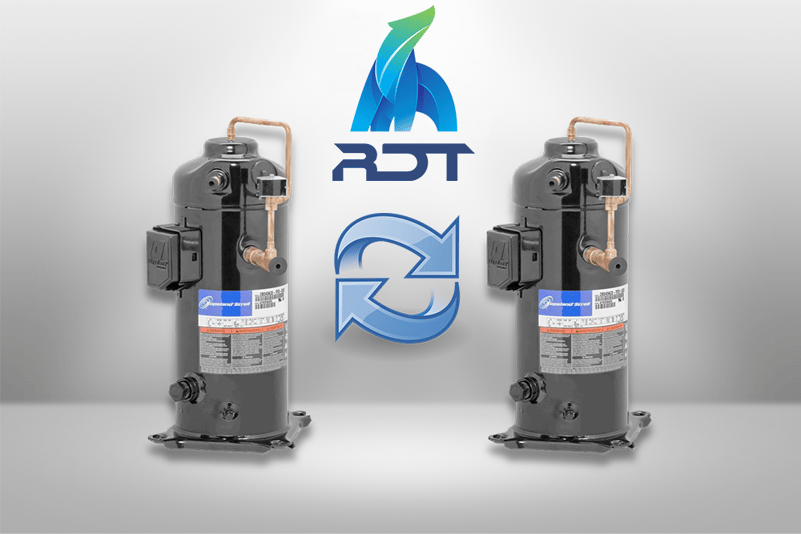The Five Types of Refrigeration Redundancy

In foodservice, peace of mind is rare. Each day brings a unique challenge. For foodservice operators relying on a wide range of equipment, there’s always a thought in the back of their minds that today is the day something stops working. When a refrigeration system goes down, it can send ripples throughout the operation. That’s not the case when redundancy is built into a refrigeration system.
Commercial refrigeration redundancy is incredibly valuable. The chance for food waste is reduced, energy-efficiency is increased, the component life is extended, and service disruptions are a thing of the past. While we’ve discussed the importance of redundancy, it’s just as important to know about the different types.
100% Redundancy with Lead/Lag Control
This type of redundancy is ideal for smaller operations, like schools who generally utilize a single cooler and freezer. In this scenario, two compressors, and two evaporators, all with 100% capacity, alternate their operation through a lead/lag controller, ensuring equal operational time between the components. Additionally, this system includes a buzzer and strobe alarm that indicates a compressor failure only on the controller that isn’t running.
75% Redundancy
This system features two compressors and two evaporators with 75% capacity, but with no alternating operation. Without a lead/lag controller needed, both compressors can run simultaneously depending on which thermostat sees the rise in temperature. With 150% capacity available, this means the system reaches its temperature set point sooner, reducing run time. If a compressor goes down, the second compressor can hold the temperature until the defective one is replaced.
100% Redundancy on a Digital Scroll Compressor (with an Extended Medium Temperature “Swing” Compressor as Backup)
This setup utilizes one primary digital scroll compressor per suction group (both medium and low). The standard, non-digital compressor has a wider operational range (from -20oF to +40oF) and can be piped to both suction groups with manual valves for compressor changeover.
100% Redundancy on a Digital Scroll Compressor (with a Standard Scroll as a Backup)
Here, each suction group has its own backup and the changeover can be manual or automatic. The automatic changeover system uses a buzzer and strobe alarm to indicate a compressor failure, while the manual changeover utilizes manual valves for compressor changeover. The advantage of this type is you still benefit from energy savings, even when the system is running on the backup.
100% Redundancy on a Digital Scroll Compressor (with a Digital Scroll as a Backup)
In a refrigeration system like this one, each suction group has its own digital backup. As with the previous system, the compressor changeover can be manual or automatic, with the automatic changeover system employing a buzzer and strobe alarm to alert of a compressor failure. Meanwhile, the manual changeover uses manual valves for a changeover.




